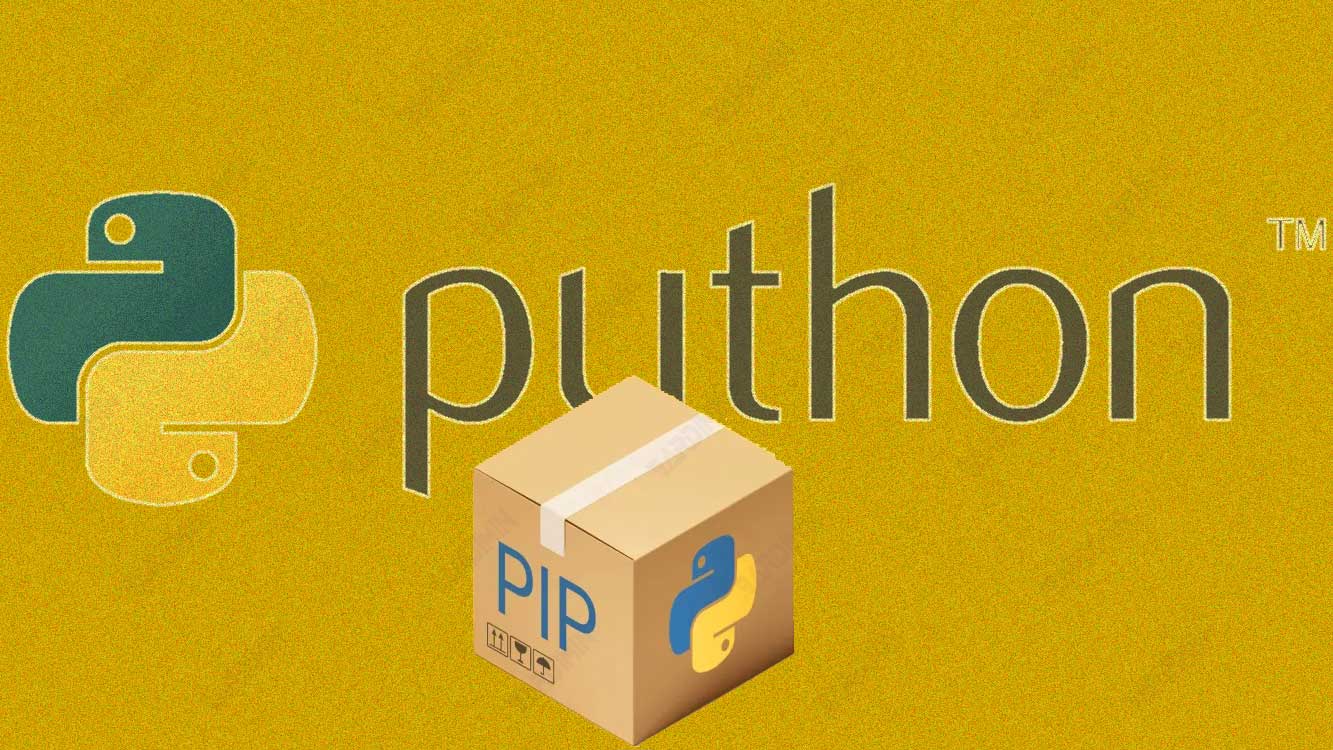Pip is a package management system used to install and manage software packages written in Python.
In the ever-evolving digital age, the ability to develop software and applications has become a must. One of the key elements in development is package management, and in the world of Python programming language, pip is an invaluable tool.
Pip allows you to download, install, update, and remove Python packages easily and quickly. Pip can also install package dependencies automatically, so you don’t have to worry about compatibility or conflicts between packages.

Pip is very useful for Python developers, as they can use pip to install various Python packages available in [PyPI] (Python Package Index), the official online repository for Python packages.
In this tutorial, we’ll show you the steps required to install Pip on Windows. We’ll also provide some tips and tricks for using pip effectively, as well as additional resources to learn more about pip.
Requirements Before Installing Pip
Before we get into the step-by-step guide, make sure you have a Python distribution already installed on your system. This step is very important to ensure a smooth pip installation process. You can download the latest Python distribution from the official Python website.
Python System Requirements:
- Windows 7.10 or 11
- x86 64-bit CPU (Intel/AMD architecture)
- 4GB RAM
- 5 GB free disk space
Check if pip is installed by default
Some versions of Python already include pip by default when you install it, so you may not need to install pip manually. To check if pip is installed by default, you can open Command Prompt (CMD) on Windows (press Windows key + R on your keyboard, then type cmd and press Enter), then type the following command:
pip --version
If pip is already installed by default, you should see output like this:
pip 21.1.3 from C:\Users\username\AppData\Local\Programs\Python\Python39\lib\site-packages\pip (python 3.9)
This output shows the pip version, pip installation location, and Python version used by pip. If you see output like this, you can skip the step of manually installing pip, and go straight to the section using pip.
If pip isn’t installed by default, you should see output like this:
'pip' is not recognized as an internal or external command, operable program or batch file.
This output indicates that pip was not found on your system, and you need to install pip manually.
How to Install Pip Manually
If pip is not installed by default on your system, you can follow these steps to install pip manually:
Install pip on Windows 8.1, Windows 10, and Windows 11
To install Pip on Windows 11, Windows 10, or Windows 8.1, open Command Prompt (CMD) with administrative rights. You can do this by pressing the keys (WIN + R), and then typing “cmd” in the “Run” dialog box. Then, click “OK” or press Enter.
In Command Prompt, run the following command to download and install Pip:
python get-pip.py
This command will download the get-pip.py file from the Python website. Once the file is downloaded, Pip will be installed. This process may take a few minutes, depending on the speed of your internet connection and the specifications of your computer. Do not close the CMD during this process.

